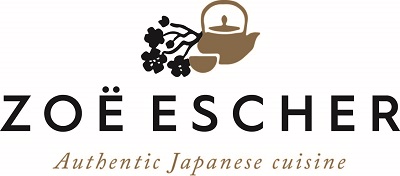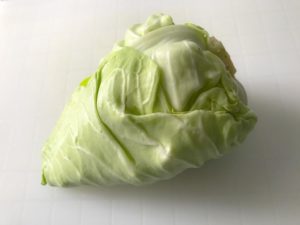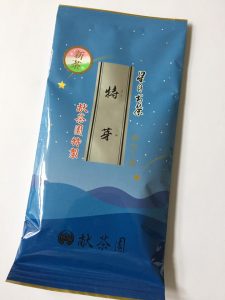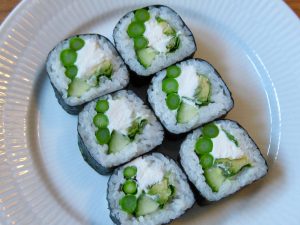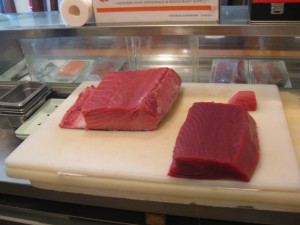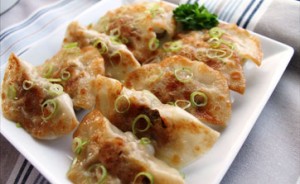 There are several different ways to detox the body.
There are several different ways to detox the body.
Some years ago it was very popular to go on a fruit diet which typically lasted a few days. Some were happy with the diet others were decided poorly by eating fruit for several days.
Most people know about detox diet for example you drink different juices over 3-7 days. Juice diet can be a little difficult to implement since you will not be satisfied the same way as if you are eating a meal.
Like so many others I live a busy life. To make a radical change to my diet for a period of time to detox my body is not something I am fan of.
I am also in favor of detoxing the body but I prefer to boost my health at the same time.
That’s why I have developed a 14-day Okinawa miso soup experience where I detox my body, boost my health and prevent a variety of lifestyle diseases and cancer at the same time.
You can read more about the Okinawa miso soup course here
_
Zoë has held sushi courses and cooking classes for A. P. Moller – Maersk, Hugo Boss Nordic, Novo Nordisk, Novartis, Velux, Gorrissen Federspiel, Beierholm revision, Elbek & Vejrup and many more.
